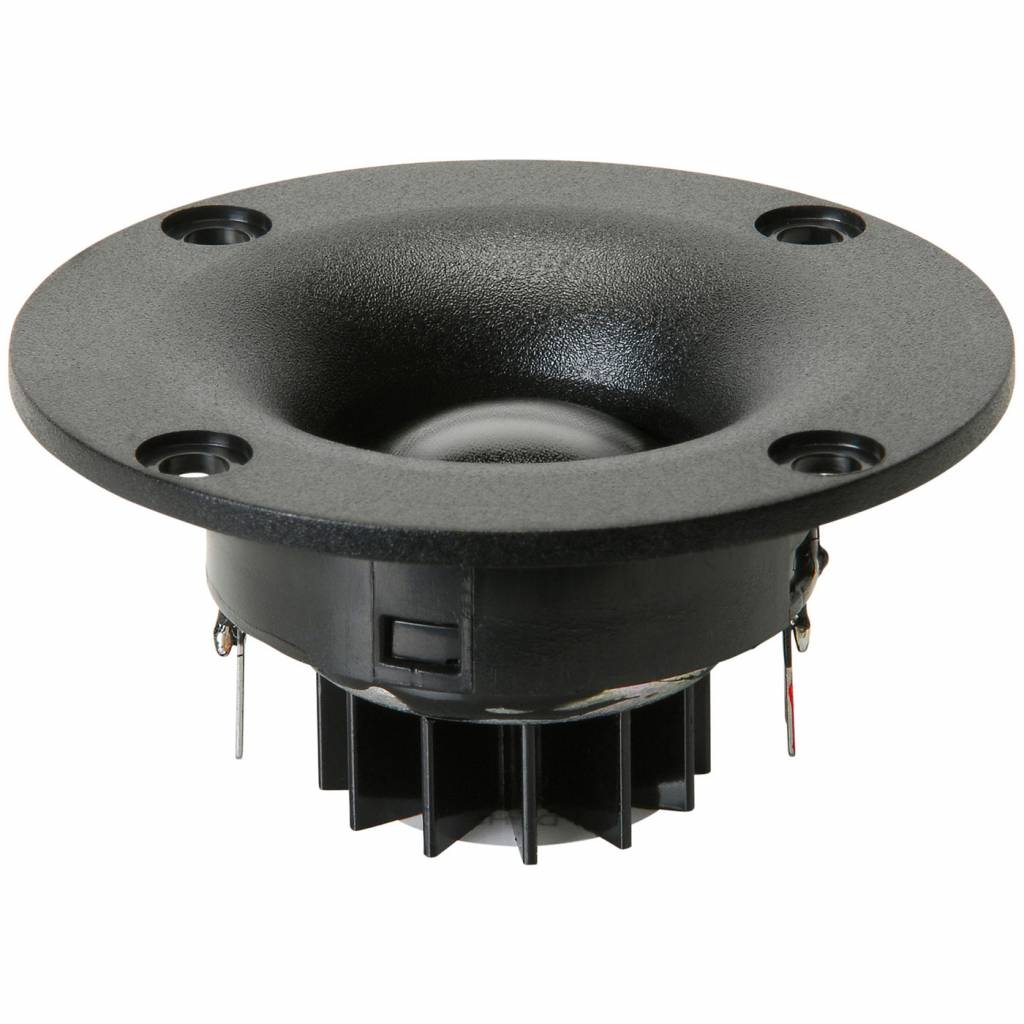Vs: Valjuhääldi võnkepooli takistuse temperatuurisõltuvus
Relee kasutamine kõlari kaitsmes:
However, used as an amplifier output relay, this component generates more – much more – distortion than the power amp.
The effect increases with increasing current; 4.0 A rms passing through the relay gives 0.0033% THD and 10 A rms gives 0.018%. The distortion level appears to increase with the square of the current. Experiment showed that the distortion was worst where the frame width was narrowest, and hence the current density greatest.
Päris tihti hõlmatakse võimendi topelttagasidega, millest üks hõlmab kaitserelee kontakte.
Sulavkaitse väljundis:
Fuses obviously have significant resistance (otherwise they wouldn’t blow) so putting one in series with the output will degrade the theoretical damping factor.
Fuses running within sight of their nominal rated current generate distortion at LF due to cyclic changes in their resistance caused by I²R heating; the THD would be expected to rise rapidly as frequency falls, and Greiner states that harmonic and intermodulation distortion near the burn-out point can reach 4%. It should be possible to eradicate this by including the fuse inside the global feedback network, for the distortion will be generated at low frequencies where the feedback factor is at its greatest, but there are problems with amplifier behaviour after the fuse has blown.
Relee kasutamine kõlari kaitsmes:
However, used as an amplifier output relay, this component generates more – much more – distortion than the power amp.
The effect increases with increasing current; 4.0 A rms passing through the relay gives 0.0033% THD and 10 A rms gives 0.018%. The distortion level appears to increase with the square of the current. Experiment showed that the distortion was worst where the frame width was narrowest, and hence the current density greatest.
Päris tihti hõlmatakse võimendi topelttagasidega, millest üks hõlmab kaitserelee kontakte.
Sulavkaitse väljundis:
Fuses obviously have significant resistance (otherwise they wouldn’t blow) so putting one in series with the output will degrade the theoretical damping factor.
Fuses running within sight of their nominal rated current generate distortion at LF due to cyclic changes in their resistance caused by I²R heating; the THD would be expected to rise rapidly as frequency falls, and Greiner states that harmonic and intermodulation distortion near the burn-out point can reach 4%. It should be possible to eradicate this by including the fuse inside the global feedback network, for the distortion will be generated at low frequencies where the feedback factor is at its greatest, but there are problems with amplifier behaviour after the fuse has blown.


 .
.

Comment